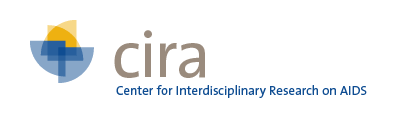| Title | Can HIV-1-contaminated syringes be disinfected? Implications for transmission among injection drug users. |
| Publication Type | Journal Article |
| Year of Publication | 2001 |
| Authors | Abdala, N., A. A. Gleghorn, J. M. Carney, and R. Heimer |
| Journal | Journal of acquired immune deficiency syndromes (1999) |
| Volume | 28 |
| Issue | 5 |
| Pagination | 487-94 |
| Date Published | 2001 Dec 15 |
| ISSN | 1525-4135 |
| Keywords | Disinfectants, Equipment Contamination, HIV Infections, HIV-1, Sodium Hypochlorite, Substance Abuse, Intravenous, Syringes, Time Factors |
| Abstract | Bleaching of syringes has been advocated to prevent HIV-1 transmission among injection drug users (IDUs). Bleach is frequently distributed by needle exchange, outreach, and educational programs targeting IDUs. We applied a sensitive HIV-1 microculture assay to determine the effectiveness of bleach in disinfecting syringes contaminated with HIV-1. This study demonstrates that in a laboratory environment designed to replicate injection behaviors, undiluted bleach is highly effective in reducing the viability of HIV-1 even after minimal contact time. However, it did not reduce the HIV-1 recovery to zero. Furthermore, three washes with water were nearly as effective as a single rinse with undiluted bleach in reducing the likelihood that contaminated syringes harbored viable HIV-1. Given the reality that IDUs share syringes and may not have access to a new, sterile syringe for each injection, the results suggest that they should be encouraged through harm reduction interventions to clean their syringes, preferably with undiluted bleach. |
| DOI | 10.1111/j.1360-0443.2010.03149.x |
| Alternate Journal | J. Acquir. Immune Defic. Syndr. |


